Prehistoric people visited Nerja Cave many times to create works of art and perform funeral rites.
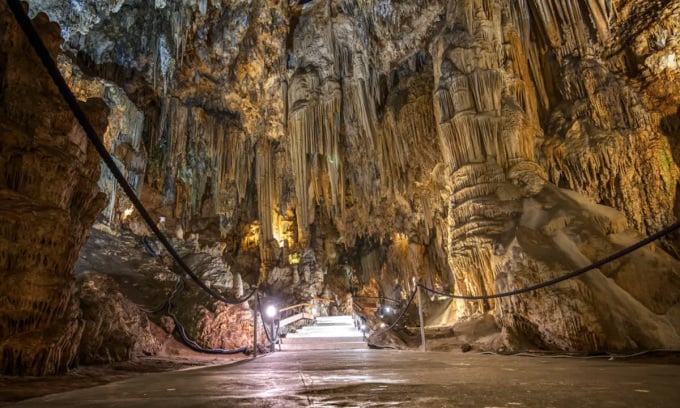
The Nerja Caves in Spain have attracted people for tens of thousands of years. Photo: Ana Vanesa Garcia Naranjo
The Nerja Caves are a series of caves about 5 kilometers long in the province of Malaga, southern Spain. It was discovered by a group of five people while searching for bats in 1959. Today, visitors can come here to see the impressive stalactite and stalagmite structures. However, visits to the Nerja Caves have been going on for thousands of years, CNN reported on May 16. To date, 589 prehistoric paintings have been discovered here.
In a new study published in the journal Scientific Reports , a team of experts from the University of Cordoba determined that humans visited the Nerja Cave much earlier than previously thought. Specifically, they found evidence of visits dating back 41,291 years. This is also the place that has received more prehistoric "tours" than any European cave with Paleolithic art.
The new study used advanced carbon dating techniques never before used in caves. Typically, when studying prehistoric activity in caves, it is difficult to determine whether traces such as rock art were created by single visits or by frequent, repeated visits, the team said.
But in Nerja, they used carbon dating to find out the age of soot on the walls and charcoal on the ground, which were made by fires and torches that prehistoric people used to light their way.
As a result, the team identified at least 73 distinct periods of visitation spanning the Late Paleolithic to the recent prehistoric period. Analysis of ultra-thin soot layers allowed them to trace the last three visitation periods (from around 8,000 to 3,000 BC) and found that there were at least 64 separate visits, averaging every 35 years during the Neolithic, according to Marián Medina of the University of Bordeaux, lead author of the study. The most visited part of the cave is also the one closest to modern visits.
Carbon dating revealed that prehistoric visitors burned a type of pine tree to light their way. According to Medina, groups came to Nerja Cave in the Paleolithic period to create art. Later, in the Neolithic and Chalcolithic periods, they came to the cave to perform funerary rituals.
Medina believes that whatever their reason for entering, ancient visitors were drawn to the cave. “I think the vastness and geological beauty of the Nerja Cave overwhelmed prehistoric visitors just as it does us today,” she says.
Thu Thao (According to CNN )
Source link


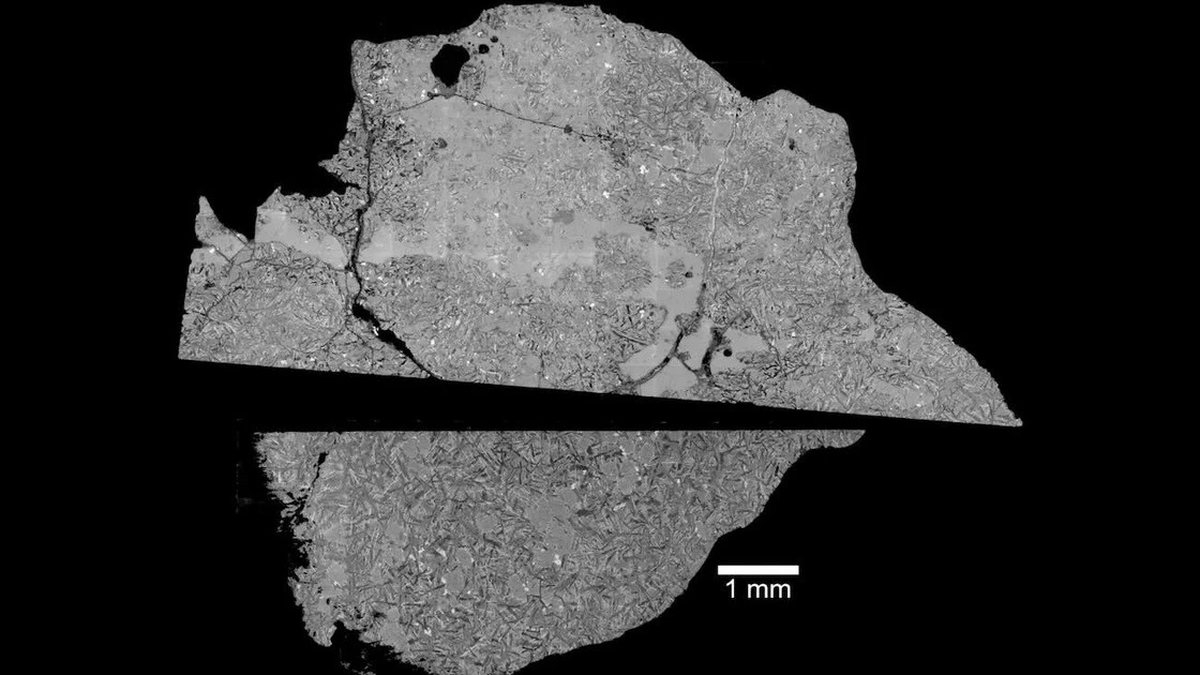



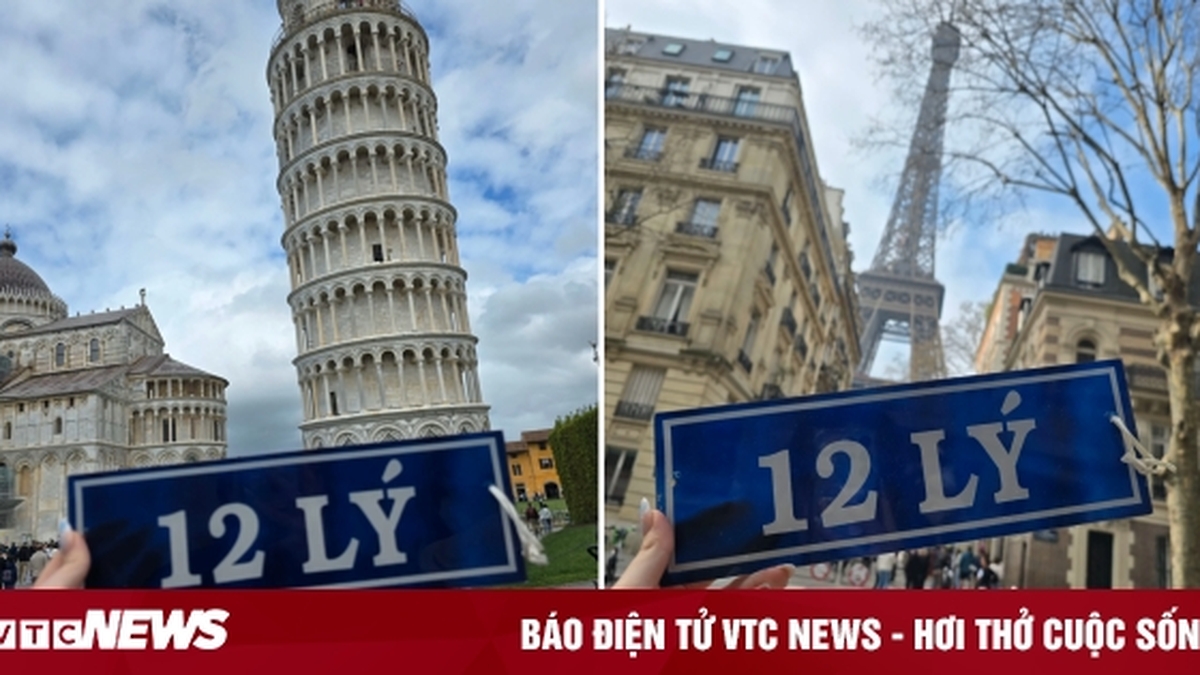
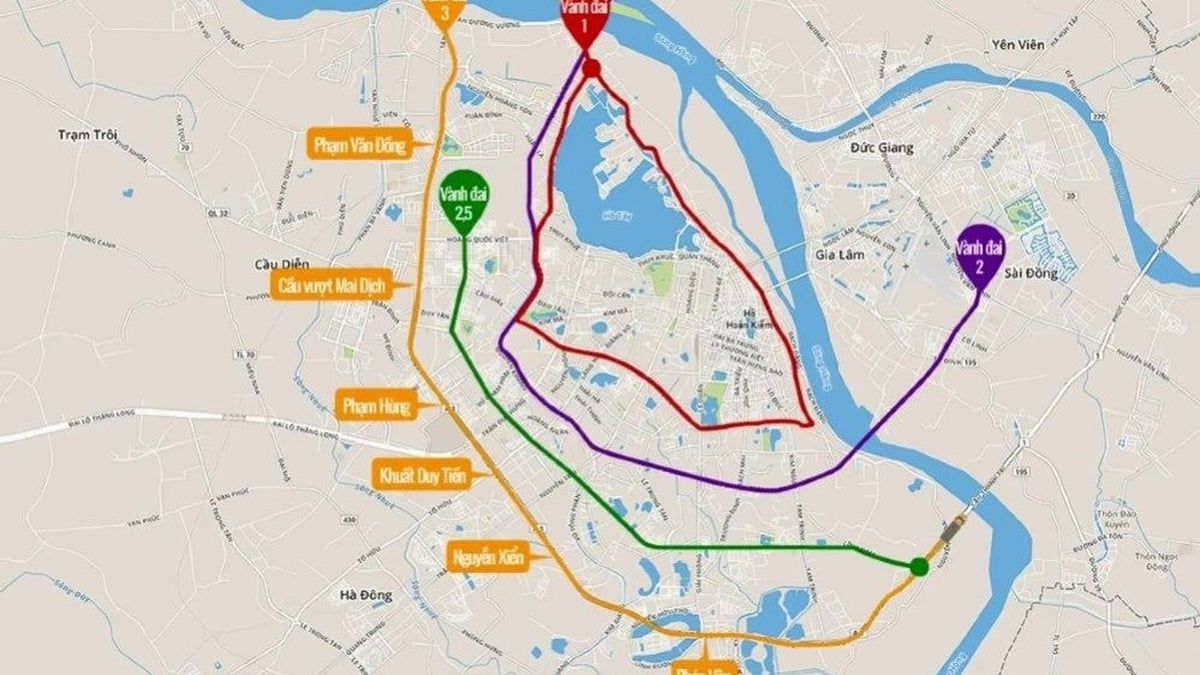

























































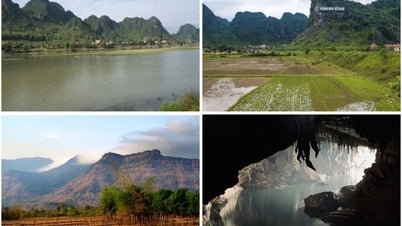




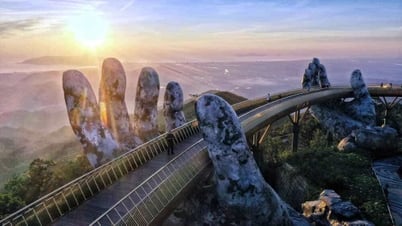
































Comment (0)